Let’s learn how to make a DIY lava lamp using Arm & Hammer Baking Soda! This is a mess-free chemical reaction that will mesmerize kids!
This post is sponsored by Arm & Hammer. All opinions are my own.
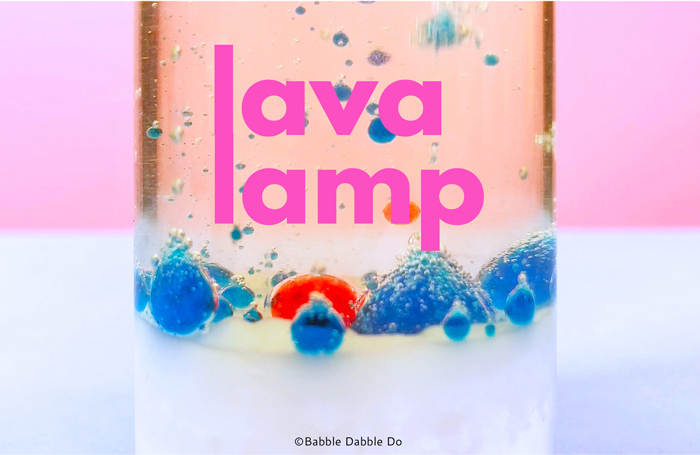
I have made DIY lava lamps many different ways over the years but this is the first time I tried it with a layer of baking soda at the bottom. What I love most about this method is you can continue to activate it for a loooooong time and that means parents, you might just get an extra 5 minutes to yourself today.
Today’s project is the second science experiment of Arm & Hammer Summer Camp! I’ve had the pleasure of being a part of this fantastic summer resource as the science counselor!
DIY Lava Lamp
Downloadable directions here
Materials
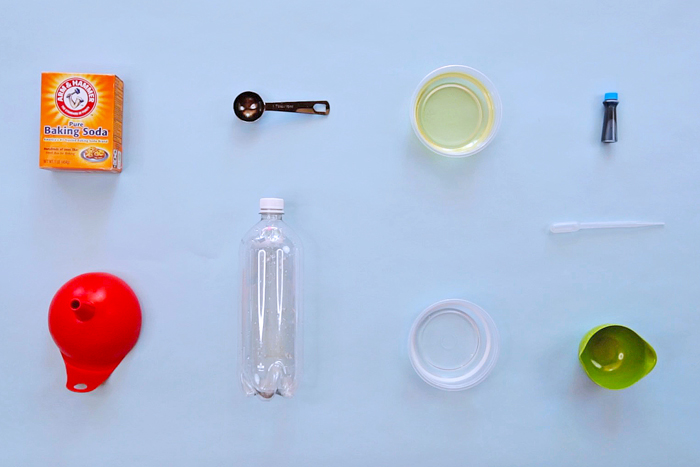
- 1 clear plastic bottle or jar with cap
- 4 tablespoons of ARM & HAMMER™ Baking Soda
- 12 ounces of vegetable oil (may need more or less depending on the bottle size)
- ¼ cup vinegar
- Food coloring
- Plastic cup
- Pipette or eye dropper
- Funnel
- Measuring cup
- Spoon
Instructions
Time needed: 15 minutes.
- Add baking soda to jar
Using the funnel, pour 4 tablespoons of ARM & HAMMER™ Baking Soda into the bottle or jar. Let it settle into a flat layer at the bottom of the bottle.

- Add oil
Pour in the vegetable oil carefully to avoid disturbing the layer of ARM & HAMMER™ Baking Soda and set aside.

- Color the vinegar
Pour vinegar into the plastic cup. Add 3-4 drops of food color and stir to combine.

- Add vinegar to lamp
Use the pipette to add 5-6 drops of colored vinegar to the plastic bottle. Watch the reaction.

- Add more vinegar!
Continue to add drops of vinegar until bubbles stop floating to the surface. If your pipette is long enough you can also stick it down into the layer of baking soda for a big burst of action!
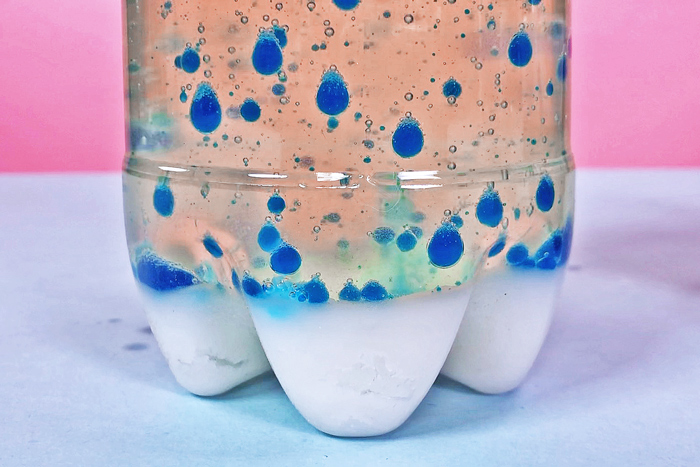
Tips/Suggestions:
- Even though this DIY lava lamp is a mess free chemical reaction, I recommend doing this on a tray to protect the surface below during the pouring process.
- If you use multiple colors of vinegar eventually the colors will combine.
- Try doing this in different sized containers. Does the container shape alter or change the look of the lava lamp reaction?
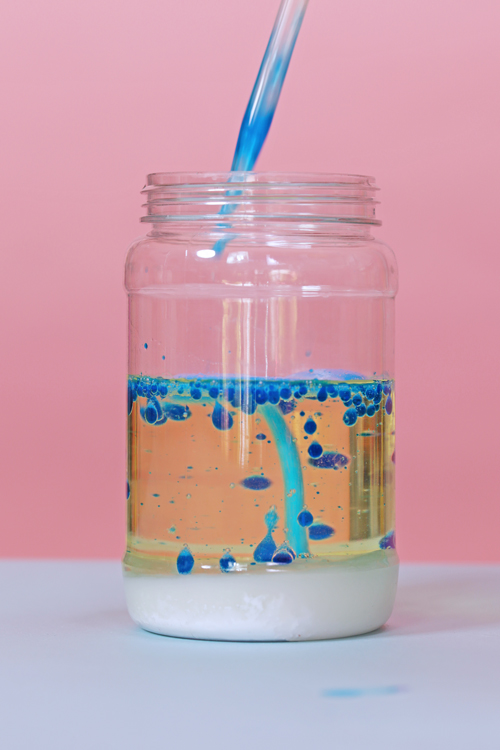
The science behind a DIY lava lamp
Acid/Base Chemical Reactions
Baking soda is sodium bicarbonate, a chemical compound known as a base. A base is substance that releases hydroxide ions when combined with water. An acid is a substance that contains a high concentration of positive hydrogen ions. In this experiment vinegar is the acid.
When an acid and a base are combined, a chemical reaction occurs. During a chemical reaction, chemical bonds in a substance are either destroyed or created. When sodium bicarbonate and vinegar are combined they react and produce carbon dioxide, a gas which you see bubble up as soon as the vinegar droplets come into contact with the baking soda.
We have more chemical reactions you can try here!
Polarity
Oil and vinegar do not mix because of polarity. Polarity is a concept used to describe how certain molecules are attracted to or repel other molecules. Vinegar is an acid and its molecules are polar, meaning the molecules have slightly charged poles. Polar molecules are attached to each other.
Oil contains fatty acids and non-polar molecules which are attracted to other non-polar molecules. Polar and non-polar molecules repel each other, therefore the vinegar droplets will not mix with the oil, giving you a colorful lava lamp style display.
Conclusion
I love this simple DIY lava lamp experiment because you can make it using just a few simple pantry ingredients and recycled jar. It doesn’t get any easier than this! If you missed yesterday’s camp science experiment, go here.
If you enjoyed this experiment and would like to see the other fun Arm & Hammer Summer Camp activities, check out Arm & Hammer’s YouTube channel.
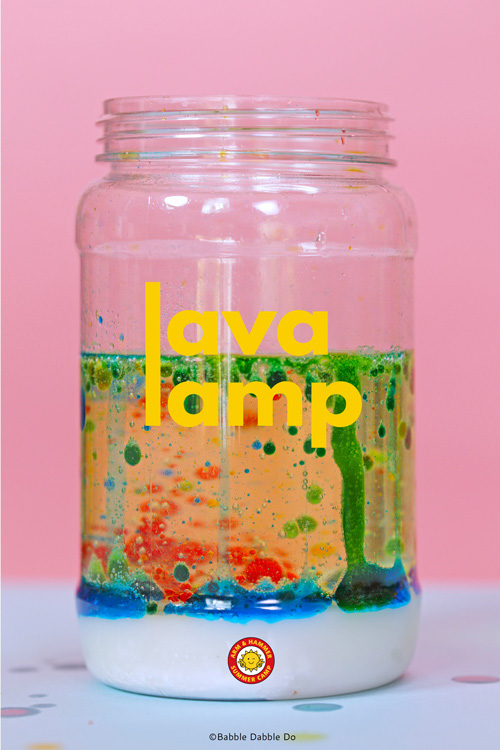
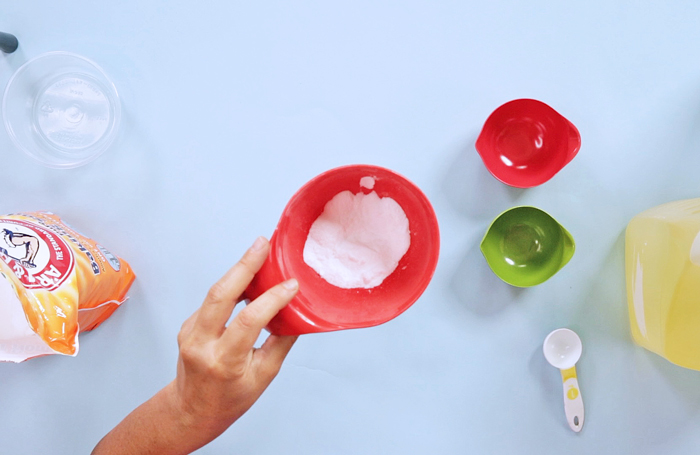
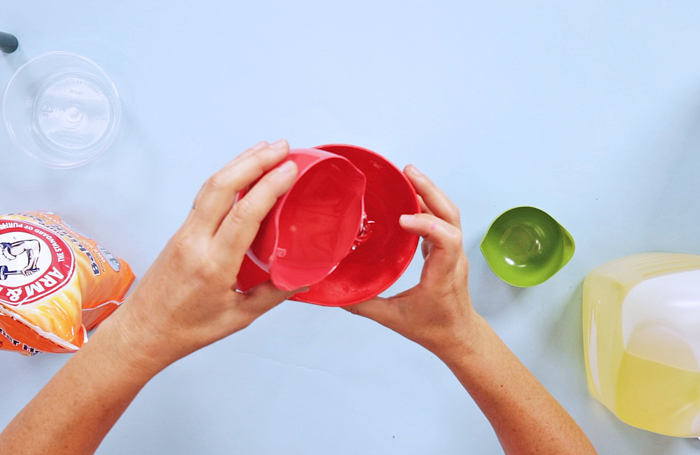
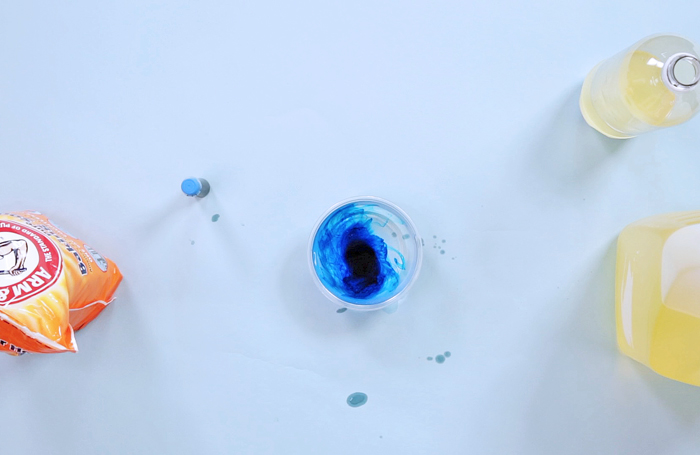
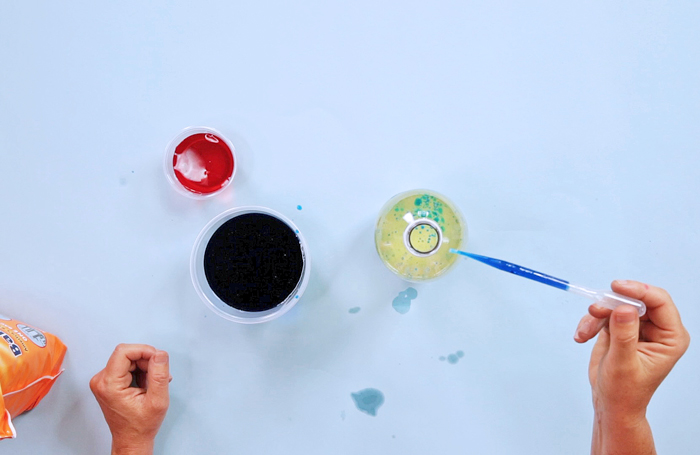
Omgosh! This is too cool. Can’t wait to try this out but not until after Christmas.